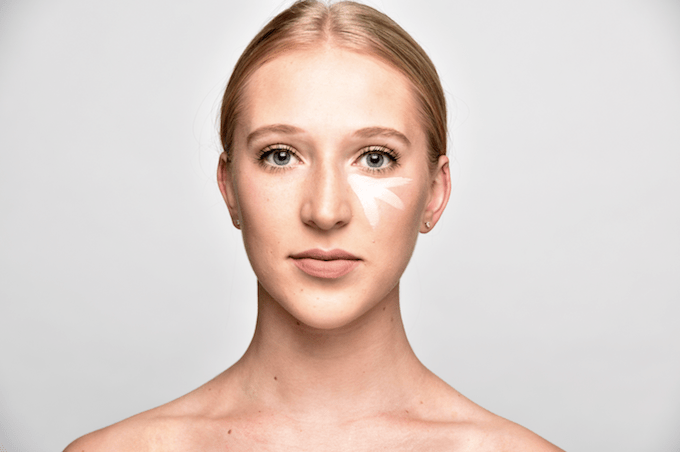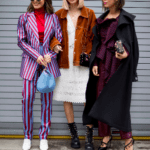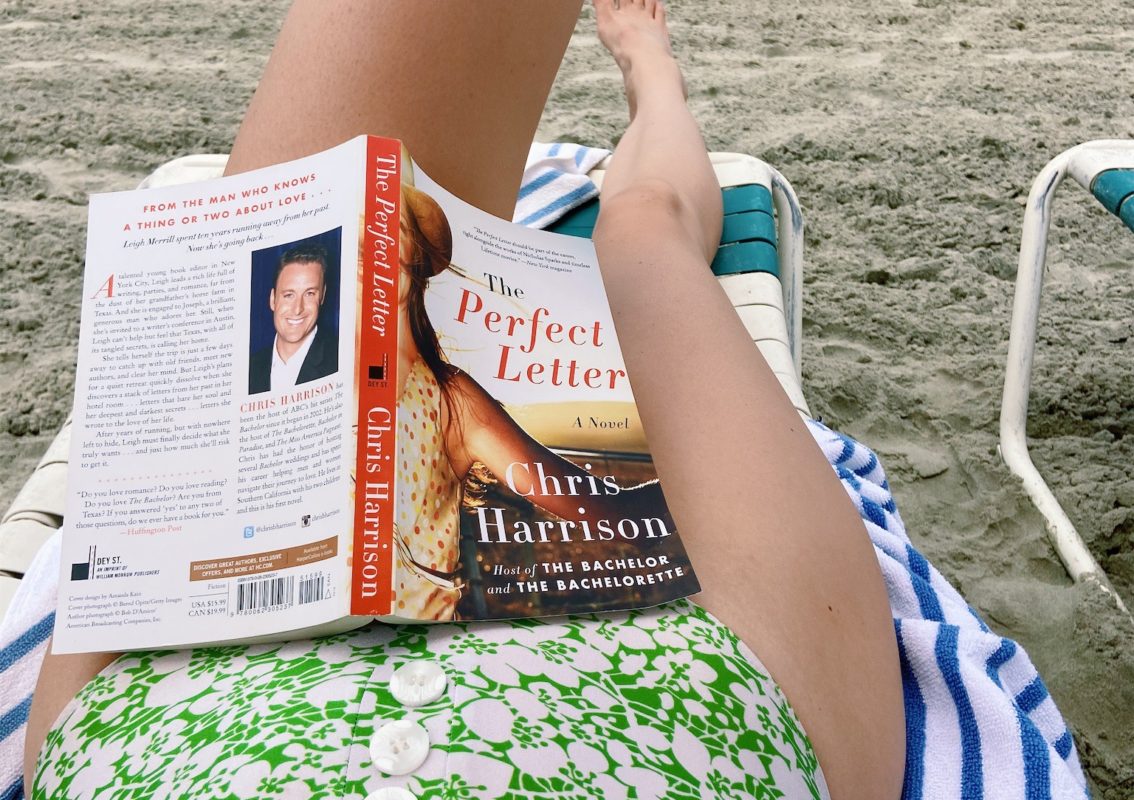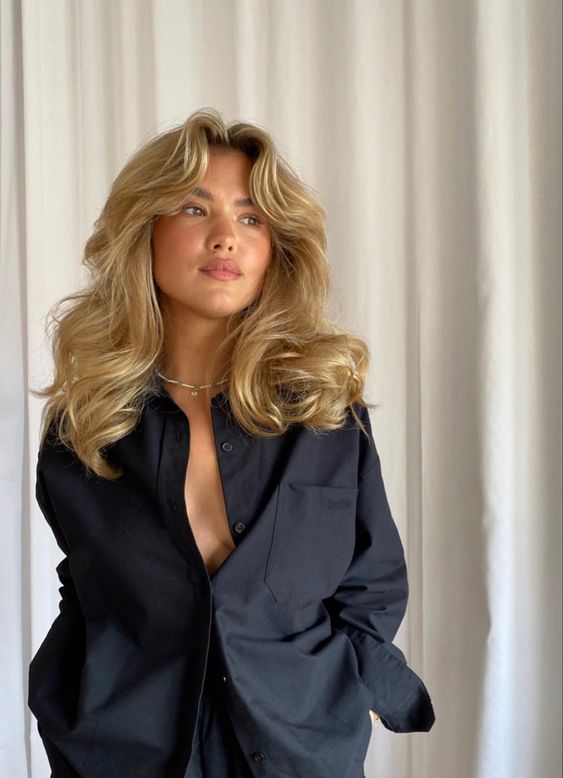This article originally appeared in the Fall 2017 issue of SMU Look.
By: Samantha Klaassen
Color correcting may seem like it’s only for the makeup savvy, but it’s actually as simple as basic color theory. Across from each other on the color wheel are complementary pairs of shades — such as green and red or blue and orange — that have the exact strength to negate the other’s intensity. The same cancellation that happens on canvas works on skin as well.
What makes color correcting a powerful tool in any minimalist’s arsenal is that it allows you to use less foundation and more concealer. “Try focusing on color correcting the tones you don’t like, and then you will be able to apply a lighter amount of makeup over the new corrected tone,” beauty expert and founder of The Makeup Story Kayla Rae Combs says. “Whether it’s dark bluish circles or a bright red blemish that decided to rear its ugly head the night before pictures, you can disguise them by selecting the right color to put on top of it.”
The goal is to make the unwanted color less noticeable. Following any color correction with your go-to concealer and foundation will leave you with an enviable complexion.
Pink tones brighten your complexion and make you look more awake when applied around the eyes, adding radiance to any sallow undertones.
Those with paler complexions should stay away from most orange concealers, but warm tones can eliminate deep blue under-eye circles for those with tanner skin.
Dark spots or bruises can be covered with a yellow concealer, which also doubles as a brightening base for your foundation.
A dab of green concealer can neutralize the biggest skincare sins: breakouts and acne scars. Subduing any redness on your face will help create an even base for your foundation.
Blue adds radiance to the skin and brightens porcelain skin. It can also counteract any orange left behind from a self-tan gone wrong.
Purple concealer will eliminate any unwanted yellow undertones and brighten olive skin.







